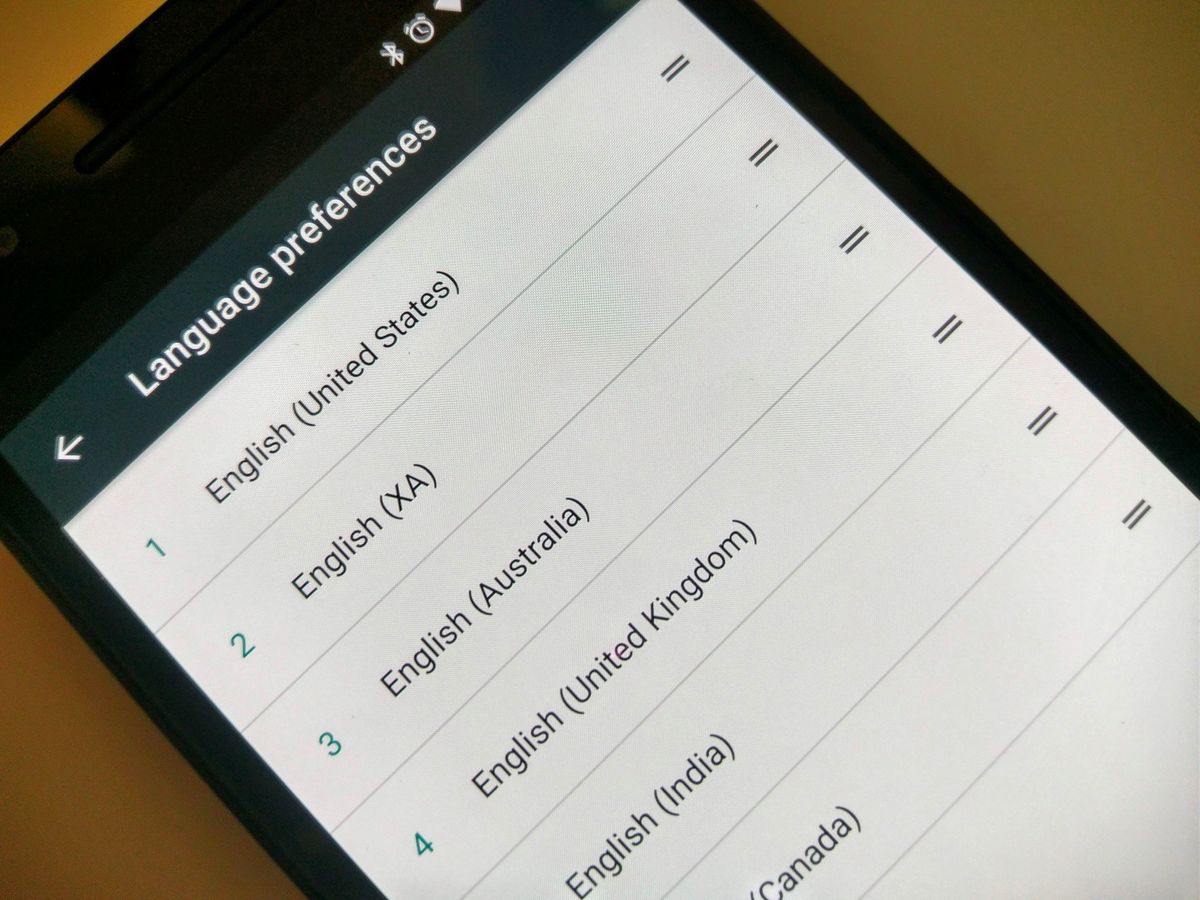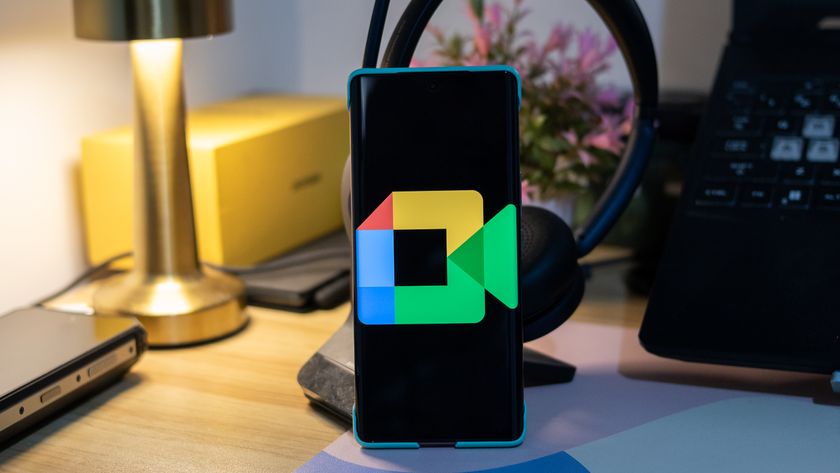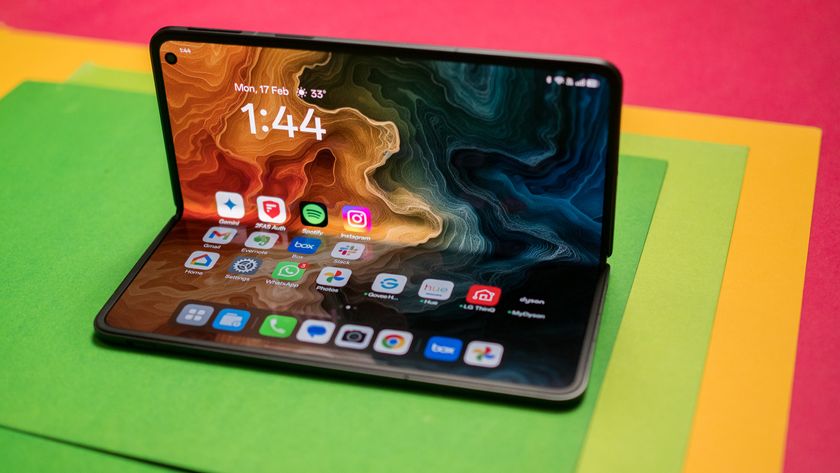Android 7.0: Your language, your way

Choosing a language has been part of Android since the beginning, since being able to read and understand the information on our phone is vital. We've all seen it during the setup procedure on a new phone, and for some of us, that covers everything we need. We pick English or French or Spanish and trust that what we see will be in the language we prefer. We can then pick other languages to use the keyboard and switch if we ever need to.
But for some regions and some localized apps, things aren't that easy. The Portuguese spoken in Lisbon isn't quite the same as the Portuguese spoken in Brasilia, and sometimes small differences don't feel very small. Android 7.0 has a way to ensure that the language you see is the right one — in the correct dialect — throughout the operating system.

For starters, you can now choose multiple languages for the system default, and they will switch on the fly when an app has localized content. What this means is that I can choose U.S. English and UK English as system defaults (or all of the English dialects — there are 104 of them supported) — or even German and French if I'm inclined — and if an app isn't prepared to use my first choice it will move down the list to find a supported one.
The new locale setting feature also comes with tools to make it easy for developers to use them in their apps
While English speakers don't face too many hurdles — apps written only for UK English will be easy to understand if you're in the U.S. or Australia or India — an app written for one of the 27 distinct dialects of Arabic are likely a bit different. Rather than show blocks instead of letters, have words that read like nonsense, or have parts of an app in different languages, Android will now automatically switch to the app's language if you've chosen to support it. Das ist wirklich cool!
New tools for developers allow them to determine which languages you've chosen and find the best match among the languages they support. I can set my default language to U.S. English with German as my second choice, and read the SPIEGEL Online app in its native default. Or I can visit the website on my phone and the browser won't try to translate it into English. Content not written for German will use my default choice of U.S. English. Wunderbar! These APIs handle number formatting as well as text so dates, times, currencies and the like will also be displayed in the best way for the user.
This is a pretty big deal, and a way for Android to help us be together — even if we're not the same.
The best part is that developers don't have to build and include any of these resources into their app. They can use variables where locale-specific elements need to be displayed, and the LocaleList API will sort out which of the user's languages work best for the content. Hard coding names and numbers and dates and other strings for multiple language support takes time and makes an application have a larger footprint. Having the system handle it lets developers focus on other things.
For many, these changes aren't going to make much of a difference. But for those who need them — and there are quite a few — can now have their phone and its content feel more personal and be easier to understand. That's a pretty big deal, and a way for Android to help us be together — even if we're not the same.
Be an expert in 5 minutes
Get the latest news from Android Central, your trusted companion in the world of Android

Jerry is an amateur woodworker and struggling shade tree mechanic. There's nothing he can't take apart, but many things he can't reassemble. You'll find him writing and speaking his loud opinion on Android Central and occasionally on Threads.


